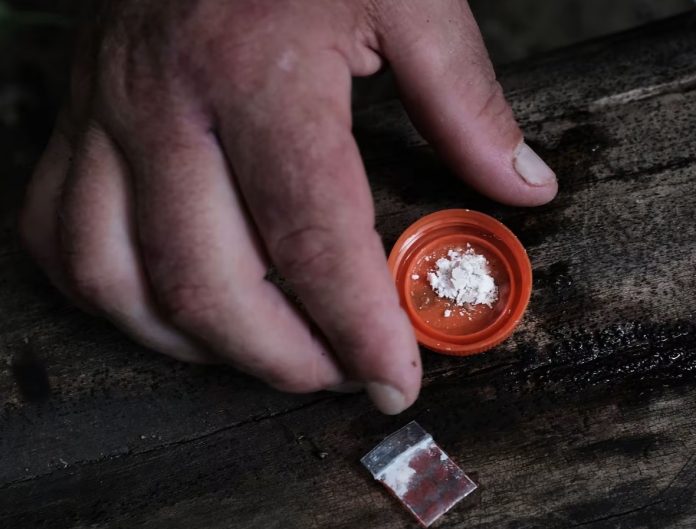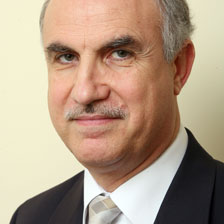Trump Arnold Palmer story :
In light of Donald Trump’s latest odd behavior, Seth Meyers assured his audience that keeping up with Trump’s antics isn’t as fun as it seems.
During a rally on Saturday, Trump went on a 12-minute rant about golf legend Arnold Palmer, fixating on a bizarre detail—Palmer’s “unbelievable” manhood. Late-night host Seth Meyers couldn’t hide his frustration, especially with Republicans who attempted to downplay the incident.
Meyers played a clip of House Speaker Rep. Mike Johnson, who accused CNN’s Jake Tapper of “cherry-picking” Trump’s words from the event. Meyers, bewildered, responded, “It was literally the first thing out of Trump’s mouth! He walked up, said hello, and launched into a 12-minute story about Arnold Palmer.”
The comedian expressed his irritation with how Republicans often dismiss Trump’s odd comments, making it seem like the media is overreacting. “No one wants to talk about Arnold Palmer’s anatomy except Donald Trump,” Meyers said, growing visibly exasperated. “I swear, I never thought about it until this weekend.”
Meyers also shared how Trump’s offbeat behavior impacted his personal life. “Because of this show, people keep coming up to me, saying, ‘I bet you’re going to talk about Arnold Palmer’s penis.’ I’m like, seriously? I was at a pumpkin patch with my kids, trying to disconnect from the madness, when a random guy pointed at me and said, ‘Arnold Palmer’s penis,’ with no context. My kids were looking at me for answers—and I had nothing.”
“This is Trump’s America,” Meyers continued. “I’m just waiting for the next time I’m out, maybe picking out a Christmas tree, and someone comes up to me talking about another athlete’s anatomy. It’s exhausting.”
Meyers wrapped up by comparing Trump’s Arnold Palmer comments to policy discussions surrounding Vice President Kamala Harris, mocking the common Fox News criticism that Harris lacks policy direction. “With two weeks until Election Day, voters have a choice: Kamala Harris’ concrete plans to address real issues, or Donald Trump’s focus on Arnold Palmer’s anatomy.”
So, this was Trump Arnold Palmer story actually. Thank You











